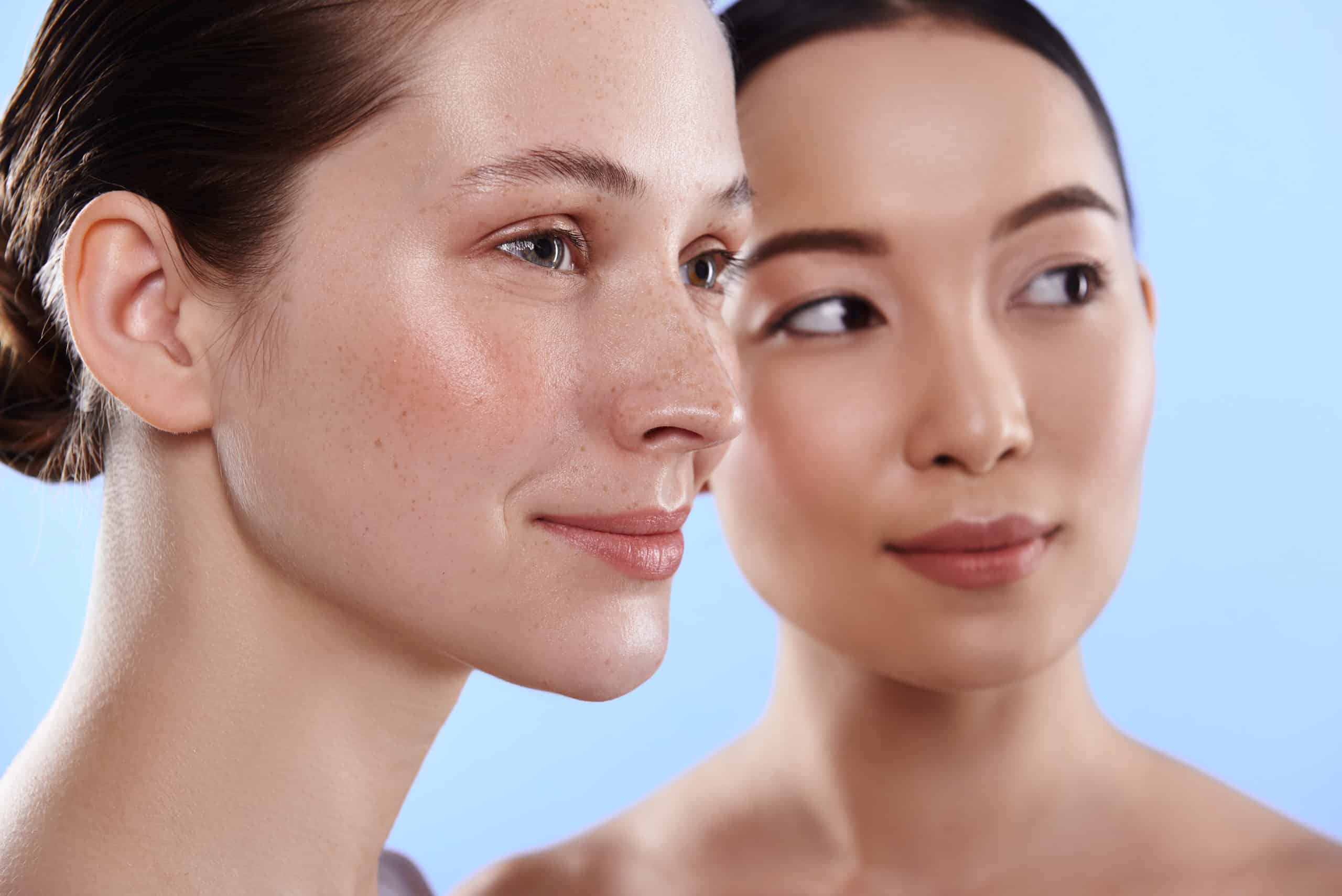Instantly smooth, radiant skin
Dermablading is another fantastic option for those seeking a smoother, brighter complexion. Non-surgical and not even using any needles, dermablading is simultaneously an exfoliation treatment and a way to combat ‘peach fuzz’ facial hair, while allowing better penetration for your skincare actives and a more even base for your make up to look flawless.
There’s also no downtime and results are seen immediately upon leaving our clinic. It’s suitable for most skin types, including oily, sensitive and very dry, as well as for those with visible signs of ageing they want addressed. As part of a holistic skin and skincare treatment plan, dermablanding works well with chemical skin peels, HIFU, erbium glass laser resurfacing and mircorneedling among others, to uncover your healthiest, most glowing skin.
As always, we start with a personalised consultation and our trained therapists will recommend a tailored plan just for you and your skin needs.









